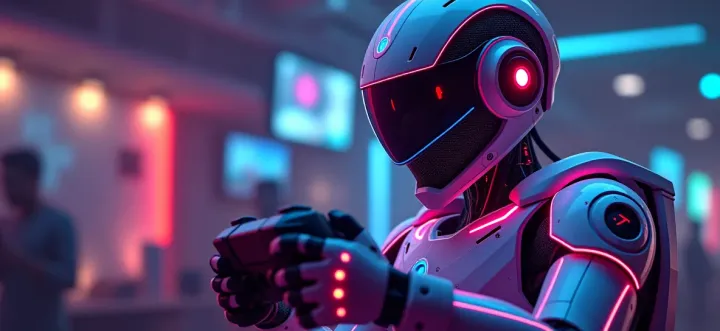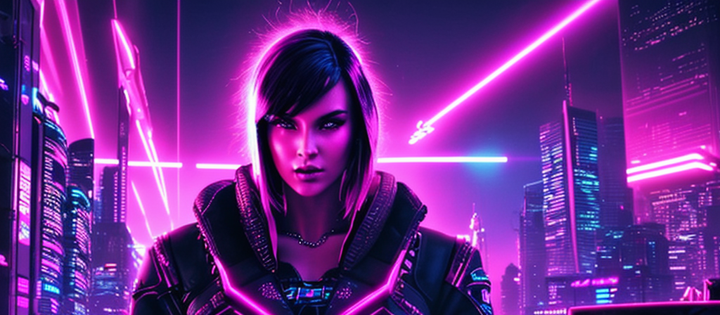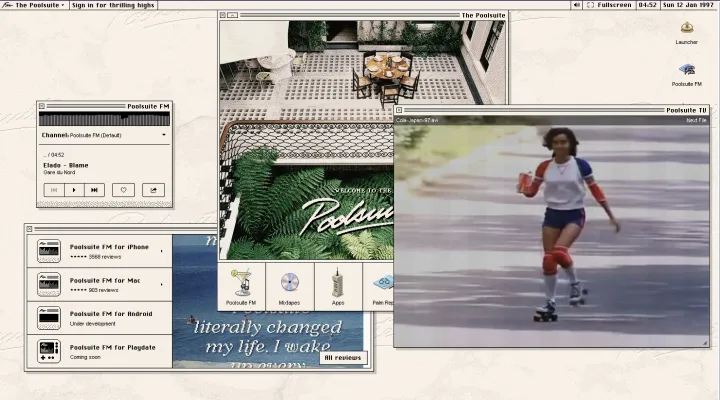Neon Dreams and Silver Screens: The Greatest Movie Franchises of the 1980s
From Indiana Jones's whip-cracking adventures to Doc Brown's time-traveling DeLorean, 80s movie franchises didn't just entertain - they revolutionized filmmaking. These series combined groundbreaking effects, memorable characters, and bold storytelling to create enduring cultural touchstones.
The 1980s weren't just a decade; they were a cinematic revolution that gave birth to some of the most influential movie franchises ever created. Let's dive into the franchises that defined my childhood and continue to influence pop culture today.
E.T. The Extra-Terrestrial: The Heart of 80s Cinema
While not technically a franchise (though Spielberg was offered countless opportunities to make a sequel), no discussion of 80s cinema would be complete without E.T. The Extra-Terrestrial (1982). This film represents everything that made 80s movies special - it combined cutting-edge effects with deeply human storytelling, created unforgettable moments (that bicycle scene!), and showed that family films could tackle complex emotional themes.
E.T. influenced cinema by:
- Proving that special effects could serve the story rather than dominate it
- Showing that children could carry a major film
- Establishing Spielberg's signature suburban storytelling style
- Creating the blueprint for countless "kids meet fantastic creature" films
- Demonstrating that merchandising could enhance rather than cheapen a film's legacy
The film's impact on popular culture cannot be overstated - it influenced everything from video games to theme park rides, and even today, filmmakers still reference its perfect blend of wonder and emotional authenticity.
Indiana Jones: The Adventure That Never Gets Old
When Raiders of the Lost Ark hit theaters in 1981, it redefined what an action-adventure movie could be. Harrison Ford's portrayal of Dr. Henry "Indiana" Jones Jr. created the perfect blend of scholarly intelligence and rugged adventure. The trilogy (yes, I'm counting it as a trilogy - sorry, Kingdom of the Crystal Skull) masterfully combined:
- Historical mysteries
- Supernatural elements
- Perfect comic timing
- Practical effects that still hold up today
Temple of Doom (1984) and The Last Crusade (1989) completed what I consider the perfect adventure trilogy. Each film maintained its own identity while building on the established formula.
Back to the Future: Lightning in a Bottle
If there's one franchise that captures everything magical about 80s moviemaking, it's Back to the Future. Released in 1985, the first film was lightning in a bottle - perfect casting, razor-sharp writing, and a concept that resonated with everyone who ever wondered about their parents' past.
The sequels (both released in 1989) took brave creative risks by:
- Expanding the universe without losing the core relationship between Doc and Marty
- Playing with multiple timelines while keeping the story coherent
- Building on established jokes and payoffs across all three films
Ghostbusters: Who Ya Gonna Call?
The original Ghostbusters (1984) wasn't just a movie; it was a cultural phenomenon that proved comedy and special effects could coexist perfectly. The blend of genuine scares, scientific babble, and character-driven humor created a template that countless films have tried to replicate.
Ghostbusters II (1989) might not have reached the heights of the original, but it expanded the universe while maintaining the chemistry that made the first film special.
Star Wars: The Empire Strikes Back and Return of the Jedi
While Star Wars began in the 70s, the franchise reached its creative peak in the 80s. The Empire Strikes Back (1980) remains the gold standard for movie sequels, delivering:
- Darker themes
- Complex character development
- One of the greatest plot twists in cinema history
- Enhanced visual effects that still impress
Return of the Jedi (1983) brought the trilogy to a satisfying conclusion while expanding the universe even further.
The Evil Dead Series: From Horror to Horror-Comedy
Sam Raimi's Evil Dead series shows how a franchise can evolve while maintaining its core identity. The Evil Dead (1981) was straight horror, Evil Dead II (1987) added dark comedy, and Army of Darkness (1992, though developed in the 80s) went full camp - creating a perfect trajectory of creative growth.
Mad Max: The Road Warrior and Beyond
While Mad Max began in 1979, The Road Warrior (1981) and Mad Max Beyond Thunderdome (1985) defined the post-apocalyptic aesthetic for decades to come. These films influenced:
- Fashion design
- Video game aesthetics
- Music videos
- Contemporary action choreography
The Impact and Legacy
These franchises didn't just entertain; they revolutionized filmmaking through:
- Practical effects innovations
- Storytelling techniques
- Genre-blending
- Marketing and merchandising
What Made Them Special
Several factors contributed to these franchises' success:
- Original storytelling unencumbered by focus groups
- Practical effects that required creative solutions
- Strong character development
- Willingness to take creative risks
- Perfect casting choices
The Technical Innovation
These franchises pushed technical boundaries:
- ILM's advances in visual effects
- New approaches to practical makeup effects
- Innovative sound design
- Revolutionary camera techniques
Cultural Impact
These franchises influenced:
- Fashion trends
- Popular slang
- Toy industry development
- Theme park attractions
- Future filmmakers
Modern Relevance
Today, these franchises continue to influence through:
- Nostalgia-driven projects
- Technical innovation inspiration
- Storytelling templates
- Character archetypes
- Visual aesthetics
The 80s movie franchises were cultural touchstones that continue to influence how we tell stories today. Their practical effects, character-driven narratives, and willingness to take creative risks set a standard that modern franchises still strive to match.



